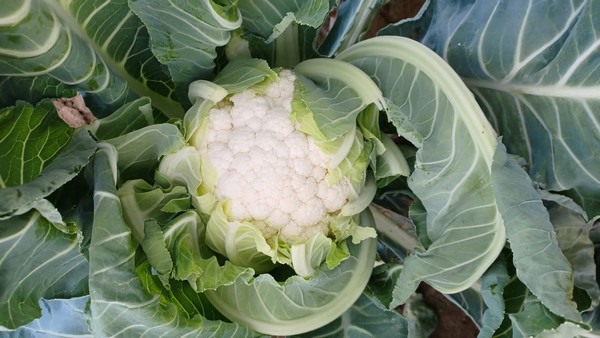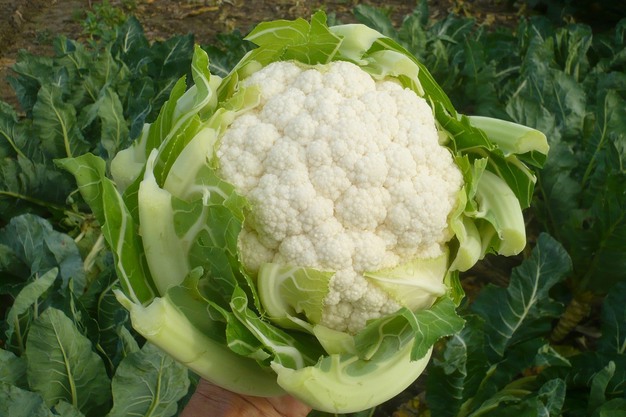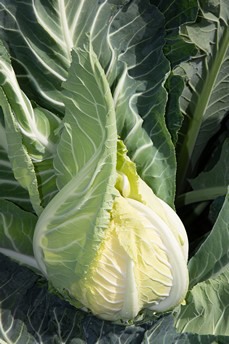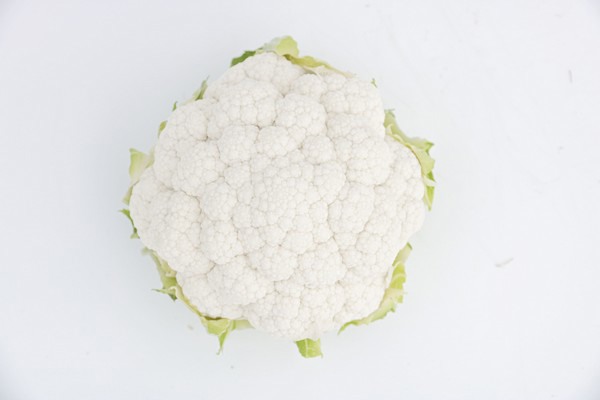In this campaign, Sakata has set out to cover almost the entire cauliflower harvest calendar with the launches of the Denver, Berlin, Stockholm, and Nairobi cauliflower varieties. "With our catalog, producers can collect high-quality Sakata cauliflowers from April to February," stated Antonio Ibarra, Product Promoter of Brassicas at Sakata Seed Ibérica.

“Production starts with the Denver variety, also known as CAU29631, a variety recommended for autumn harvests, which has a cycle of 85 to 95 days, depending on the date and area of transplantation. It stands out for its large-caliber head and flattened shape. It's a compact plant that develops spiral-shaped leaves and has a fairly wide base that covers the cauliflower heads perfectly, allowing them to have a pure white color. It is ideal for linking the different production areas at the beginning of the export campaign."

"It is followed by Berlin, a variety that arrived on the market in 2022 and that is experiencing its first high-volume commercial year. Berlin is focused on the first winter collections with a cycle of 110 to 125 days, and it's especially recommended for transplants from September to mid-October in the Murcia area. It is a variety with a vigorous and erect plant that guarantees very good foliar coverage. The heads have a great caliber, are very heavy, very domed, and have a pristine white color. In addition, their uniformity allows them to be collected in groups."
 "For the winter harvests, Sakata has developed the Stockholm (CAU21015) variety, which has a cycle of 120 to 130 days. In Murcia, it achieves its best results when transplanted between September and mid-October and in the Ebro Valley in August."
"For the winter harvests, Sakata has developed the Stockholm (CAU21015) variety, which has a cycle of 120 to 130 days. In Murcia, it achieves its best results when transplanted between September and mid-October and in the Ebro Valley in August."
"These varieties will be joined by Nairobi, a new launch that will be available for farmers at the beginning of next year and that ends up almost completing the calendar, covering spring and summer harvests. Nairobi has a short cycle of 75 to 85 days and a vigorous plant that adapts to any soil," Sakata stated.

"These new releases have joined the Lisbon variety, the cauliflower that started the saga based on the famous La Casa de Papel series. The multinational has wanted to make a nod to the series by prolonging its catalog over time with varieties based on the series' character names."
For more information:

